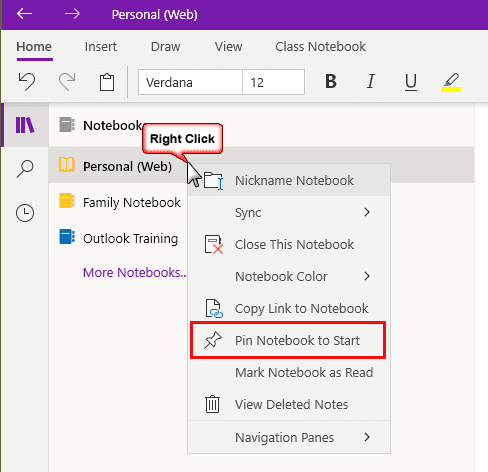

You don’t have to worry about learning a new interface. If, however, you’re using an older perpetual-license version, such as Office 2019, Office 2016, or earlier versions, you’ll find new and mostly improved features that you may decide are worth having-more about those in a moment.Įxcept for the newly slotted-in features, Office 2021 looks mostly like the 20 versions. If you’re already using Office apps through a Microsoft 365 subscription, you won’t find any surprises in Office 2021. Here we cover Office Professional 2021 for Windows, but much of it applies equally to Office for Mac, which also now comes in a perpetual license version. If you’re a corporate IT manager or just don’t like subscriptions, you’ll prefer the perpetual-license version. You also miss out on generous OneDrive online storage and other extras. When you buy the perpetual license version, you get security updates every few months, but you don’t get the monthly jolt of new features that Microsoft provides to subscribers. Microsoft also offers Office as a subscription called Microsoft 365 (formerly Office 365), which requires you to pay for it by the month or year. Read our editorial mission (Opens in a new window) & see how we test (Opens in a new window). Since 1982, PCMag has tested and rated thousands of products to help you make better buying decisions. How to Set Up Two-Factor Authentication.How to Record the Screen on Your Windows PC or Mac.How to Convert YouTube Videos to MP3 Files.How to Save Money on Your Cell Phone Bill.How to Free Up Space on Your iPhone or iPad.How to Block Robotexts and Spam Messages.After setup completes, continue by following the default installation instructions, by entering the product key (step 2). Open the 圆4 folder in the installation root, and then double-click setup.exe.įolder structure of platform chooser for Office 2010 64-bit install. Insert the Office 2010 installation disc.Ĭlick Start, > Computer, and right-click in the disc drive where the Office 2010 installation disc was inserted, and select Open. Possible backward incompatibility is why, if in doubt, stay with the 32-bit version. Make sure any 3rd-party Office add-ins that you rely on are stated as being Office 2010 and 64-bit compatible. To check, see Which Windows operating system am I running?. What you need to know before installing 64-bit Office: The first step would be to get an Office 2010 installation disc, or installation files, and then follow the steps mentioned by Microsoft:

As you can see on Microsoft page, there are instructions for installing Office 2010 64-bits in Windows 10:īut by the looks of the files in your screenshot, you are trying to install a Service Pack without Office 2010 already installed, hence the error.


 0 kommentar(er)
0 kommentar(er)
